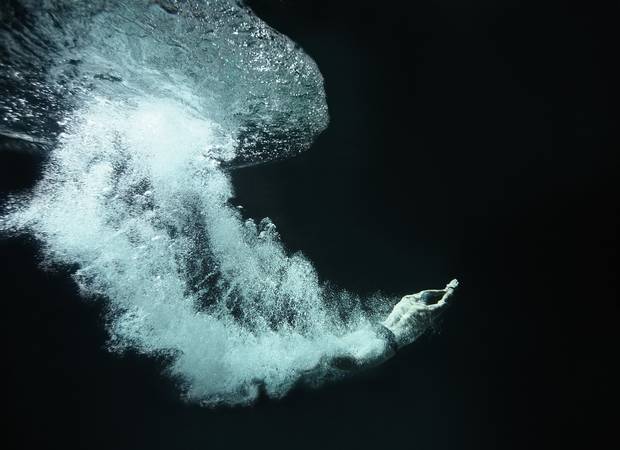Being able to breathe underwater has long been a fascination for mankind, but the bulky oxygen tanks and face masks take some of the romance out of it.
They could soon no longer be needed however, thanks to the creation of the “Aquaman Crystal”, or to use its proper name, “[{(bpbp)Co2II(NO3)}2(NH2bdc)](NO3)2 * 2H2O”.
Just a spoonful of the crystal can absorb all the oxygen from a room.
The material is able to store the gas at a much higher concentration than oxygen tanks, meaning it would be far smaller and lighter to carry, and can slowly release oxygen when put under a small amount of heat.
Professor Christine McKenzie said the crystal could be valuable for lung cancer patients who must carry heavy tanks around with them, but “also divers may one day be able to leave the oxygen tanks at home and instead get oxygen from this material as it ‘filters’ and concentrates oxygen from surrounding air or water.”
“A few grains contain enough oxygen for one breath, and as the material can absorb oxygen from the water around the diver and supply the diver with it, the diver will not need to bring more than these few grains,” she added.
“When the substance is saturated with oxygen, it can be compared to an oxygen tank containing pure oxygen under pressure – the difference is that this material can hold three times as much oxygen.”
The “Aquaman Crystal” is sponge-like in consistency and uses cobalt bound in an organic molecule, getting its nickname from the DC comic book character that can swim underwater.
“Cobalt gives the new material precisely the molecular and electronic structure that enables it to absorb oxygen from its surroundings,” McKenzie said. “Small amounts of metals are essential for the absorption of oxygen, so actually it is not entirely surprising to see this effect in our new material.”
Scientists are now looking at whether the release of oxygen can be triggered by light, though at this stage the crystal is difficult to synthesize in large amounts due to its complex chemical formula.
Update: A representative for Syddansk University has issued a revised estimate of the compound’s efficiency. They told Vice in a statement: “I am just updating our story on our website, because it turns out that Prf McKenzie made a calculation error. Pls note that it is not a SPOONFUL of this stuff, that we need to rid a room of oxygen. It is a bucket (10 litres). We apologize.”
The material can however draw oxygen from water just as easily as from air, so it remains an interesting proposition for the future of underwater diving
——————————————————
Ref The Independent,
Friday 03 October 2014




